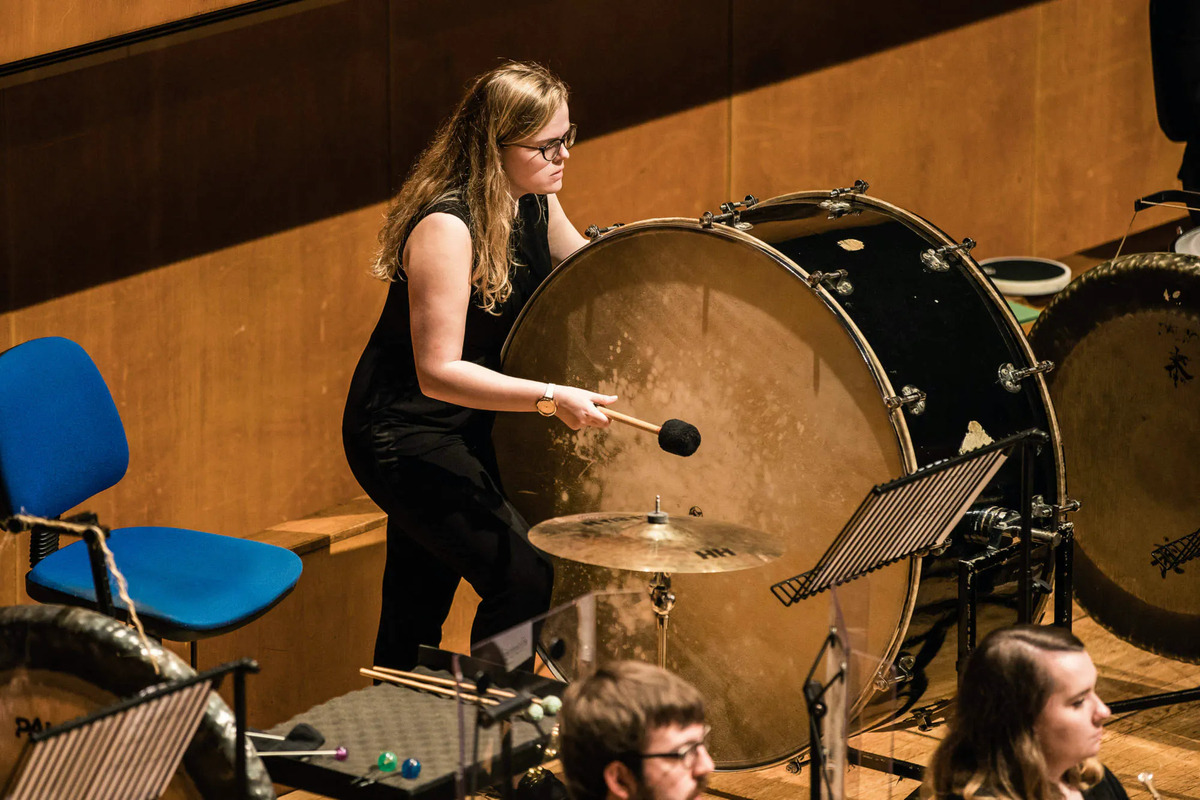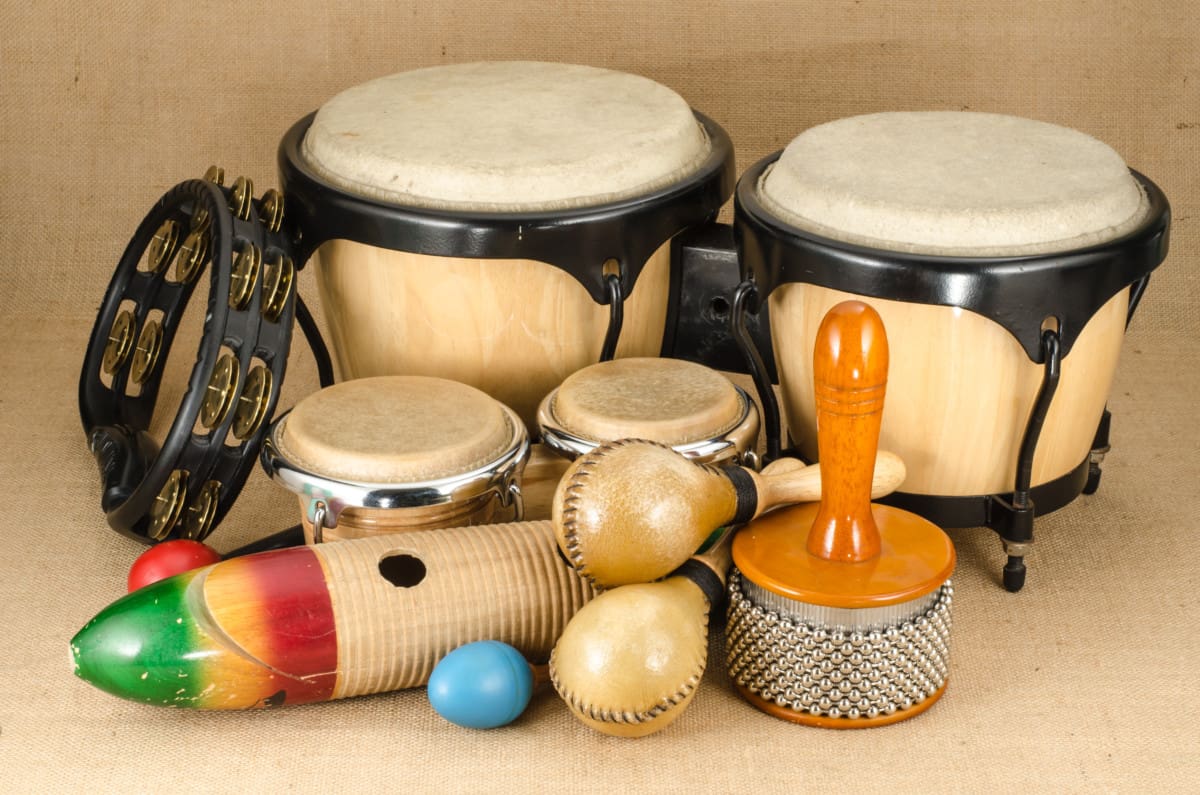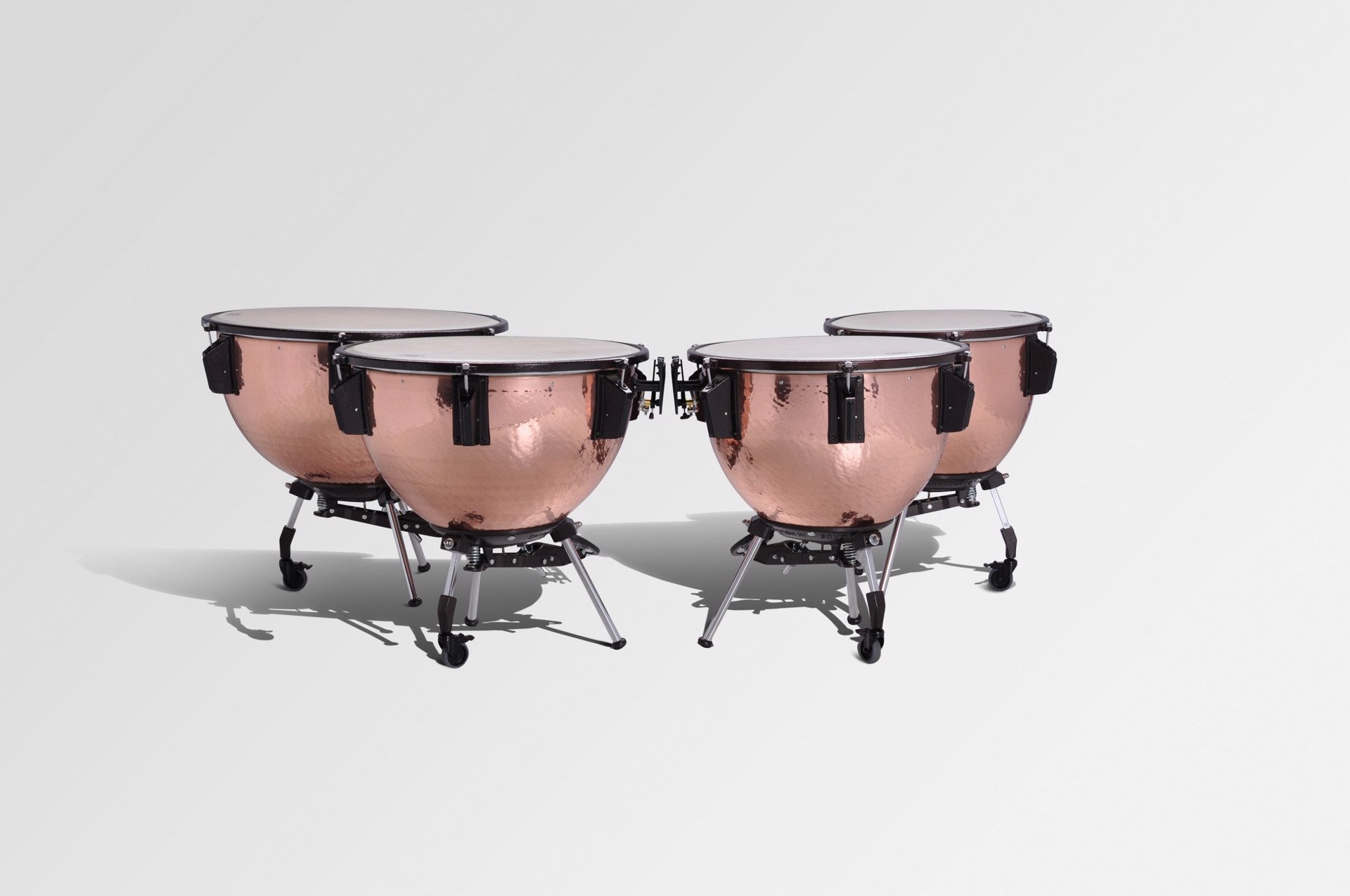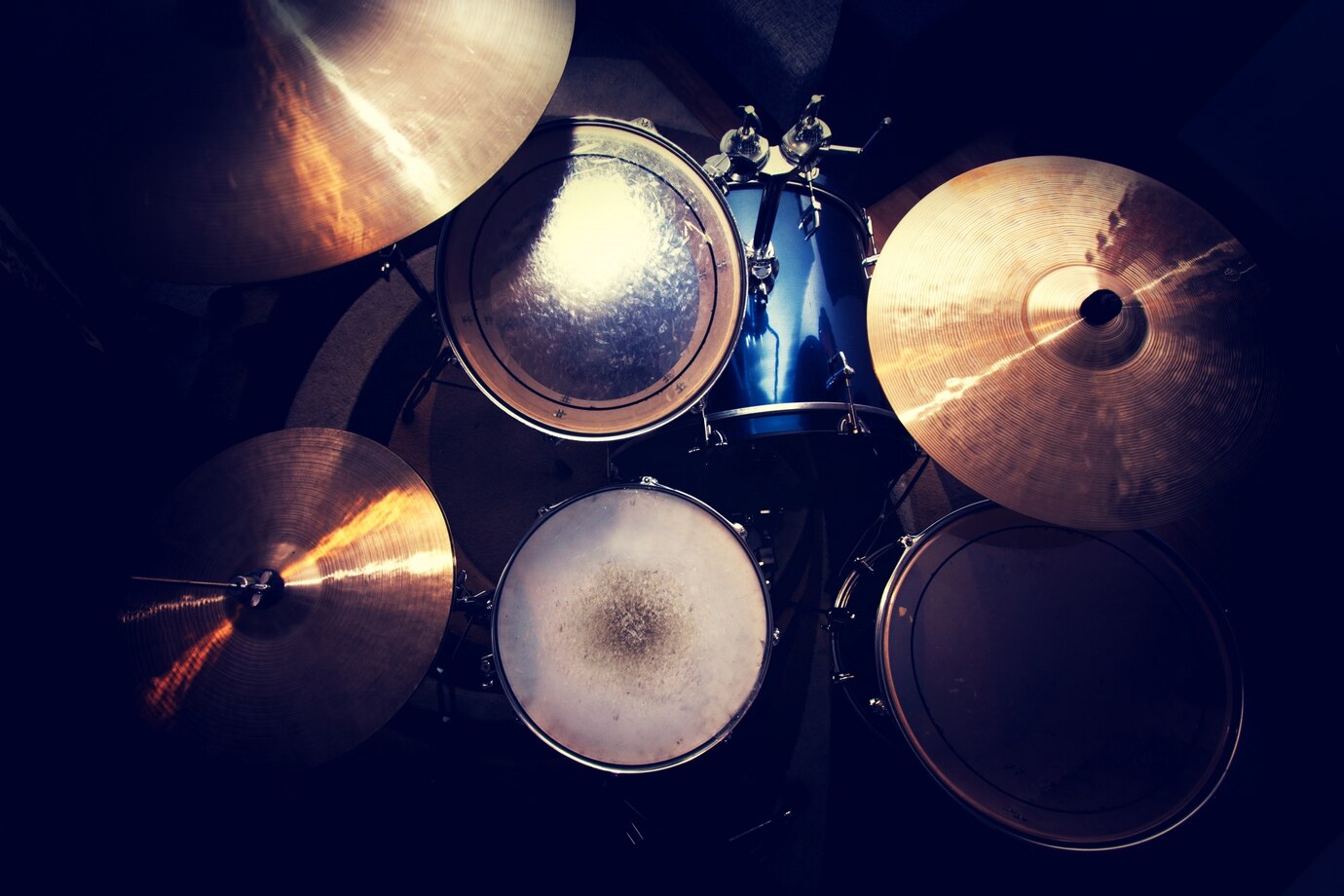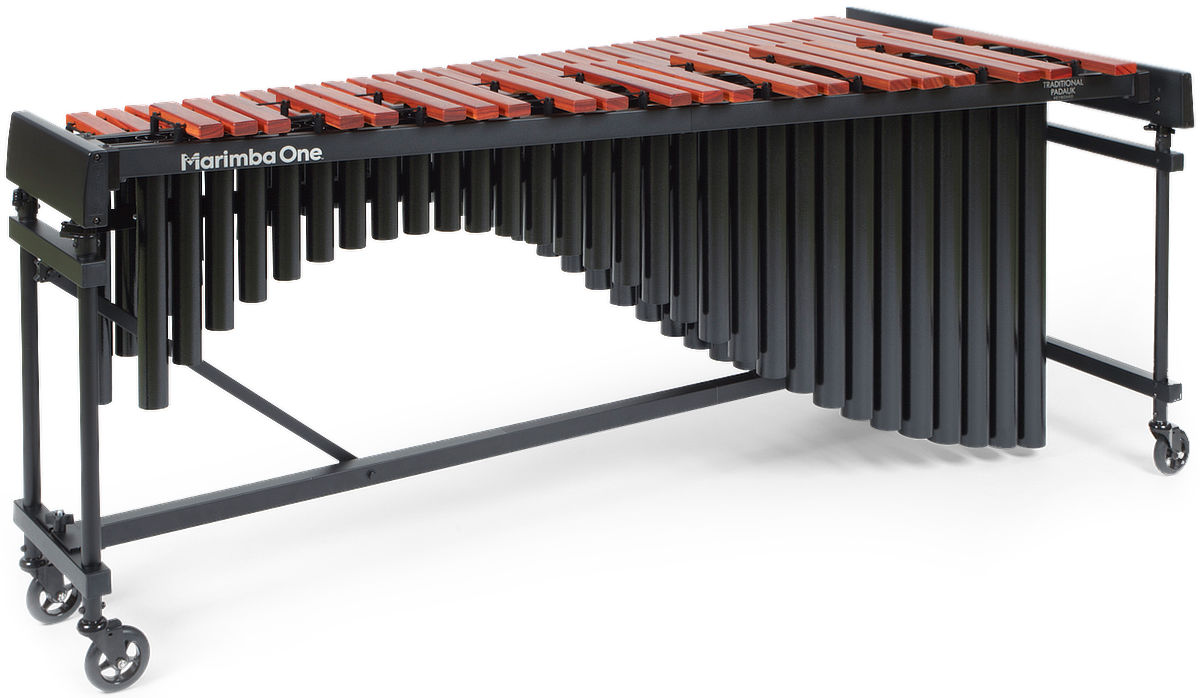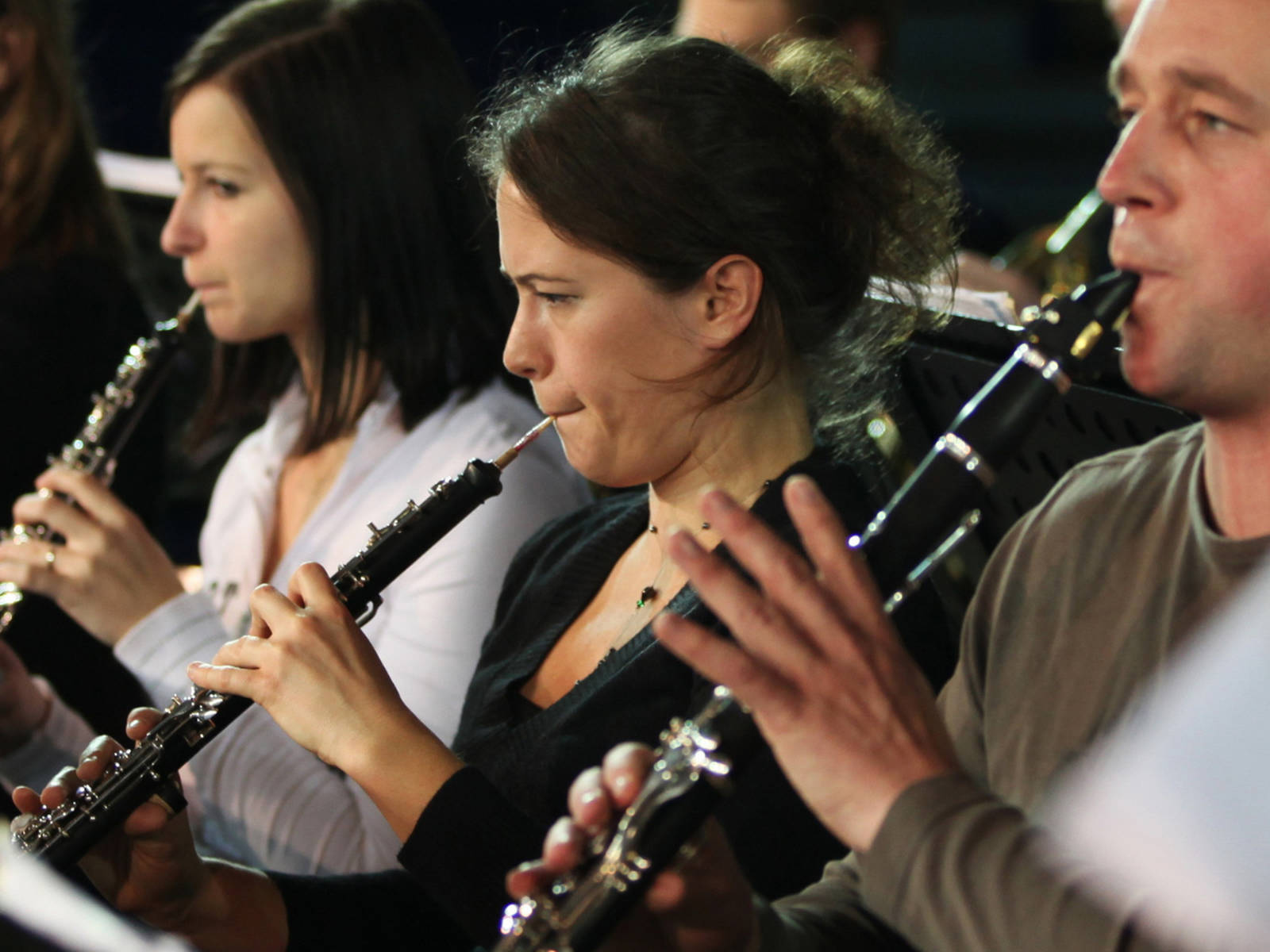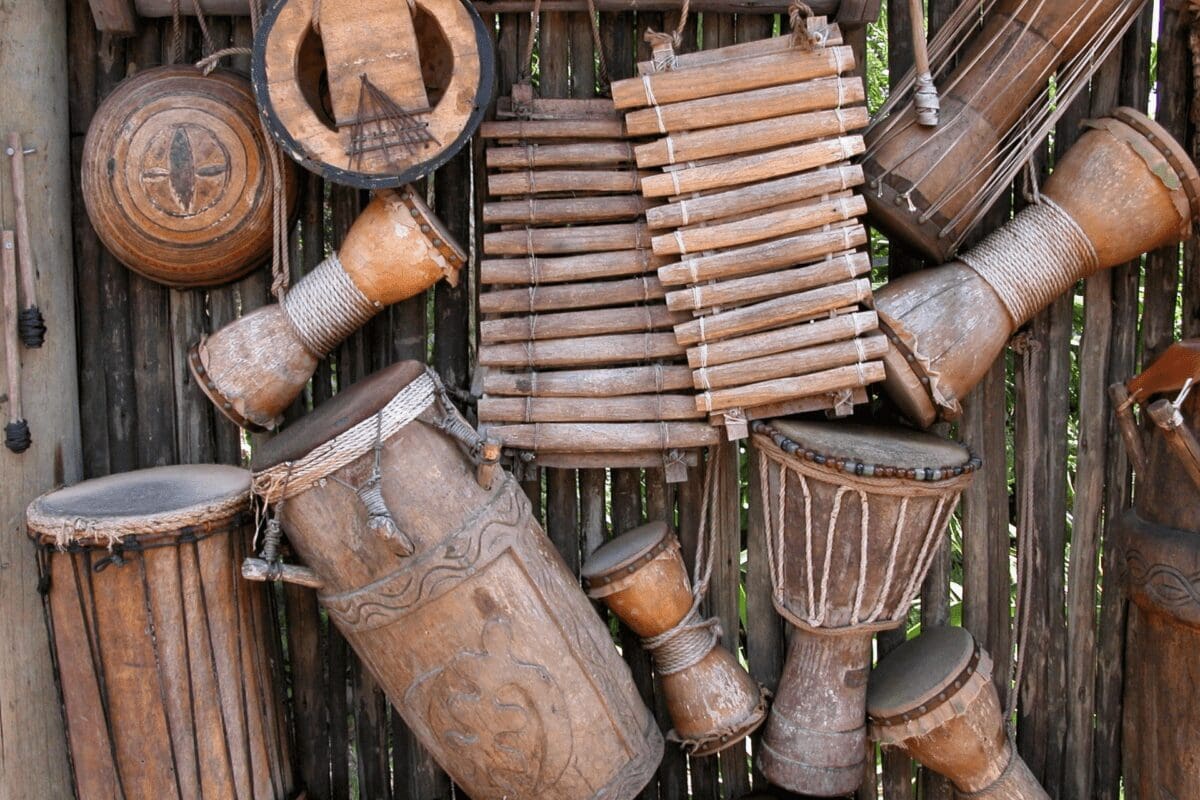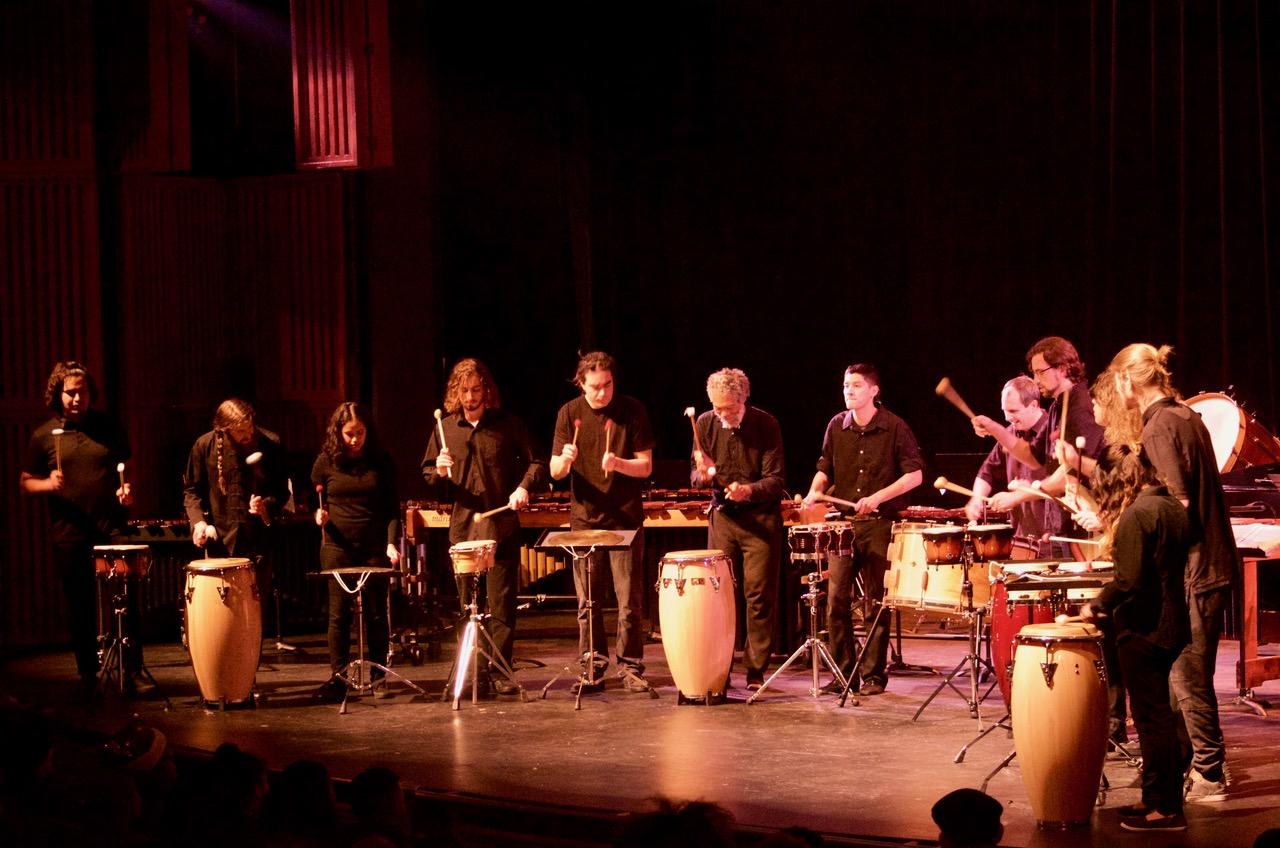Home>Instruments>Percussion Instruments>Which Percussion Instruments Are Tuned?


Percussion Instruments
Which Percussion Instruments Are Tuned?
Modified: February 18, 2024
Discover which percussion instruments are tuned and how they enhance musical harmony. Explore the versatility of tuned percussion instruments
(Many of the links in this article redirect to a specific reviewed product. Your purchase of these products through affiliate links helps to generate commission for AudioLover.com, at no extra cost. Learn more)
Table of Contents
Introduction
When it comes to creating rhythmic and melodic sounds, percussion instruments play a vital role in the world of music. Percussion instruments are known for their versatility, as they can produce a wide range of sounds and rhythms. While some percussion instruments are used for creating specific pitches or melodies, others are designed for creating non-pitched sounds or adding a driving beat to a musical piece.
In this article, we will explore the fascinating world of percussion instruments and focus on their tuning capabilities. While some percussion instruments are naturally tuned to specific pitches, others are untuned, allowing for a more flexible and dynamic sound. Additionally, we will discuss the concept of keyed percussion instruments and their unique ability to produce precise pitches.
Whether you’re a musician, a music enthusiast, or simply curious about the different types of percussion instruments, this article will provide you with a comprehensive overview of the tuned and untuned percussion instruments commonly used in various musical genres.
Tuned Percussion Instruments
Tuned percussion instruments are those that produce specific pitches or musical notes. These instruments are crafted and tuned to produce accurate and consistent tones, allowing them to play melodies and harmonies in a musical composition. Let’s explore some of the most commonly used tuned percussion instruments:
1. Xylophone: The xylophone is a popular tuned percussion instrument consisting of wooden bars of various lengths. When struck with mallets, the bars produce distinct pitches. The xylophone is commonly used in orchestras and concert bands.
2. Marimba: Similar to a xylophone, the marimba features a set of wooden bars. However, it is larger and has resonators beneath the bars to enhance the sound. The marimba is known for its warm and rich tones and is frequently used in jazz, classical, and contemporary music.
3. Vibraphone: The vibraphone adds an extra dimension to the world of tuned percussion. Its metal bars, when struck, produce melodic tones that can be sustained by the presence of motor-driven rotating discs that create a vibrato effect. The vibraphone is commonly found in jazz and popular music genres.
4. Glockenspiel: The glockenspiel is a smaller version of the xylophone, typically with metal bars. This instrument is often used in marching bands, orchestras, and school music programs due to its bright and sparkling sound.
5. Celesta: The celesta is a keyboard-based instrument that produces ethereal and bell-like tones. It features metal plates struck by hammers, similar to a piano. The celesta is commonly used in orchestral arrangements, creating a magical atmosphere in the music.
6. Tubular Bells: Tubular bells, also known as chimes, consist of a series of metal tubes mounted horizontally. When struck with mallets, the tubes produce deep, resonant tones. Tubular bells are often used in contemporary and avant-garde music.
These are just a few examples of the wide variety of tuned percussion instruments available. Each instrument offers its unique sound and adds depth and harmony to musical compositions. Whether played as solo instruments or as part of an ensemble, tuned percussion instruments are essential in creating melodies and bringing music to life.
Untuned Percussion Instruments
While tuned percussion instruments produce specific pitches, untuned percussion instruments are designed to create non-pitched sounds. These instruments add rhythm, texture, and energy to musical compositions without focusing on specific musical notes. Let’s explore some common examples of untuned percussion instruments:
1. Drums: Drums are perhaps the most well-known and widely used untuned percussion instruments. They come in various shapes and sizes, including the bass drum, snare drum, tom-toms, and conga drums. Drums produce a range of sounds using techniques like striking, rubbing, or shaking. They are vital for setting the beat and establishing the overall groove in many musical genres.
2. Cymbals: Cymbals are metal-based percussion instruments that produce a shimmering and sustained sound when struck together. They come in different sizes and variations, such as crash cymbals, ride cymbals, and hi-hats. Cymbals are commonly used in orchestras, rock bands, and jazz ensembles to add accents and dynamic contrasts.
3. Tambourine: The tambourine is a handheld percussion instrument consisting of a circular frame with metal jingles. When shaken or struck, it produces a jingling sound. Tambourines are often used in folk music, rock, pop, and even in orchestral arrangements to add a lively, rhythmic element.
4. Shakers: Shakers come in various forms, such as maracas, egg shakers, or rainsticks. These small handheld instruments contain seeds, beads, or small objects that create a rhythmic sound when shaken. Shakers are commonly used in Latin, Caribbean, and world music styles.
5. Triangles: The triangle is a simple yet effective untuned percussion instrument. It consists of a metal rod bent into a triangle shape. When struck with a metal beater, the triangle produces a clear and high-pitched metallic sound. Triangles are used in orchestras and percussion ensembles to provide accents and add a touch of sparkle to the music.
6. Woodblocks: Woodblocks are solid wooden blocks that are struck with a mallet. They produce a variety of sharp and resonant percussive sounds. Woodblocks are commonly used in orchestras, pop, and rock music to create rhythmic patterns and accents.
These are just a few examples of untuned percussion instruments. While they may not produce specific pitches, they are still crucial in creating rhythm, adding texture, and enhancing the overall dynamics of a musical composition.
Keyed Percussion Instruments
Keyed percussion instruments are a unique category of instruments that combine elements of both tuned and untuned percussion. These instruments feature a set of keys or bars that can be pressed to produce precise pitches. Let’s explore some popular examples of keyed percussion instruments:
1. Piano: The piano is perhaps the most well-known and widely recognized keyed percussion instrument. It consists of a keyboard with black and white keys that, when pressed, activate hammers to strike strings, producing a wide range of pitches. The piano is a versatile instrument used in various genres, from classical to jazz and pop music.
2. Harpsichord: The harpsichord is a historical keyed instrument similar to the piano, but with a different mechanism. When a key is pressed, a mechanism plucks the corresponding string, creating a distinct sound. The harpsichord was commonly used during the Baroque period and is still used in some classical performances today.
3. Organ: The organ is a complex and massive keyed percussion instrument that uses wind to produce sound. It features multiple keyboards and a wide array of pipes that generate various pitches. Organs are commonly found in churches and concert halls, producing majestic and powerful sounds.
4. Celesta: While the celesta was mentioned earlier as a tuned percussion instrument, it also falls into the category of keyed percussion. As mentioned, the celesta has metal plates struck with hammers, similar to a piano. However, it is unique enough to be considered a separate instrument with its own distinct sound and playing technique.
These keyed percussion instruments offer a combination of precise pitch control and the expressive possibilities of percussion. They are capable of both melodic and percussive performances, making them versatile and essential in a wide range of musical genres.
Whether performing solo pieces, playing in an orchestra, or accompanying other instruments, keyed percussion instruments provide a rich and captivating sound that adds depth and complexity to musical compositions.
Drum Kit Instruments
One of the most iconic and widely used percussion setups is the drum kit. A drum kit, also known as a drum set, is a collection of drums and cymbals that are played together to create a rhythmic foundation for many styles of music. Let’s explore the different instruments that make up a drum kit:
1. Bass Drum: The bass drum, also known as the kick drum, is the largest drum in a drum kit. It produces a deep, low-frequency sound when struck with a pedal-operated beater. The bass drum provides the rhythmic backbone and emphasizes the downbeats in music.
2. Snare Drum: The snare drum is the most distinctive and versatile drum in a drum kit. It has a set of wires called snare wires stretched across the bottom head, giving it a crisp and crackling sound. The snare drum produces a sharp and piercing sound that can be played with sticks, brushes, or mallets.
3. Toms: Toms, also called tom-toms or simply toms, are medium-sized drums with no snares attached. They come in different sizes, with larger toms producing lower pitches and smaller toms producing higher pitches. Toms are often used to create fills, rolls, and melodic patterns within a drum kit.
4. Hi-Hat: The hi-hat consists of two cymbals mounted on a vertical stand. When the foot pedal is pressed, the top and bottom cymbals come together, creating a closed sound. When the pedal is released, the cymbals separate, producing an open, shimmering sound. The hi-hat is played with drumsticks or with the foot-operated pedal, adding a tonal and rhythmic layer to the drum kit.
5. Ride Cymbal: The ride cymbal is a large cymbal that is played with a drumstick or brushes. It produces a sustained and shimmering sound, often used to create a steady rhythm or to accent specific sections of a musical piece.
6. Crash Cymbal: Crash cymbals are large and thin cymbals that produce a loud and explosive sound. They are often used to accentuate important sections of a song, create dramatic endings, or add dynamic variation to a drumming performance.
In addition to these main components, drum kits may also include various other percussion instruments such as a cowbell, tambourine, or woodblocks, which are played with drumsticks or mounted on the drum kit to add additional textures and rhythmic elements.
The drum kit is a versatile and expressive percussion setup that can be found in various genres such as rock, jazz, funk, and pop. It allows drummers to create dynamic rhythms, grooves, and fills, driving the energy of a musical composition.
Conclusion
Percussion instruments play a crucial role in music, providing rhythm, texture, and melody to various musical compositions. From tuned percussion instruments like the xylophone, vibraphone, and marimba, to untuned percussion instruments like drums, cymbals, and tambourines, each instrument contributes to the overall sound and character of a piece of music.
Keyed percussion instruments, such as the piano, harpsichord, and organ, offer the unique ability to produce precise pitches, combining the elements of both tuned and untuned percussion. These instruments allow for melodic expression and harmonization in addition to providing rhythmic accompaniment.
The drum kit, with its bass drum, snare drum, toms, hi-hat, and cymbals, is a versatile and widely recognized percussion setup. It forms the rhythmic foundation of many musical genres, allowing drummers to create intricate patterns, fills, and grooves.
Whether it’s the melodic beauty of a xylophone, the thunderous beats of a bass drum, the shimmering sound of cymbals, or the intricate melodies produced by a piano, percussion instruments captivate listeners and enhance the overall musical experience.
In conclusion, the world of percussion instruments is a rich and diverse one, offering a wide range of sounds and playing techniques. Whether finely tuned, untuned, or keyed, percussion instruments bring depth, energy, and emotion to music, making them an essential component of any musical ensemble or composition.

